Progressive Muscle Relaxation: Easing Tension and Stress
Progressive Muscle Relaxation: Easing Tension and Stress
Read Disclaimer
In our modern lives, stress and anxiety have become unwanted companions, frequently leaving us feeling exhausted and overburdened. Finding productive methods to relax and unwind is crucial as everyday responsibilities continue to rise. Progressive muscle relaxation is a potent method that has gained recognition for its capacity to reduce stress. The idea of progressive muscle relaxation, its advantages, and how to implement it into your routine to get relief from tension and stress are all covered in this article.
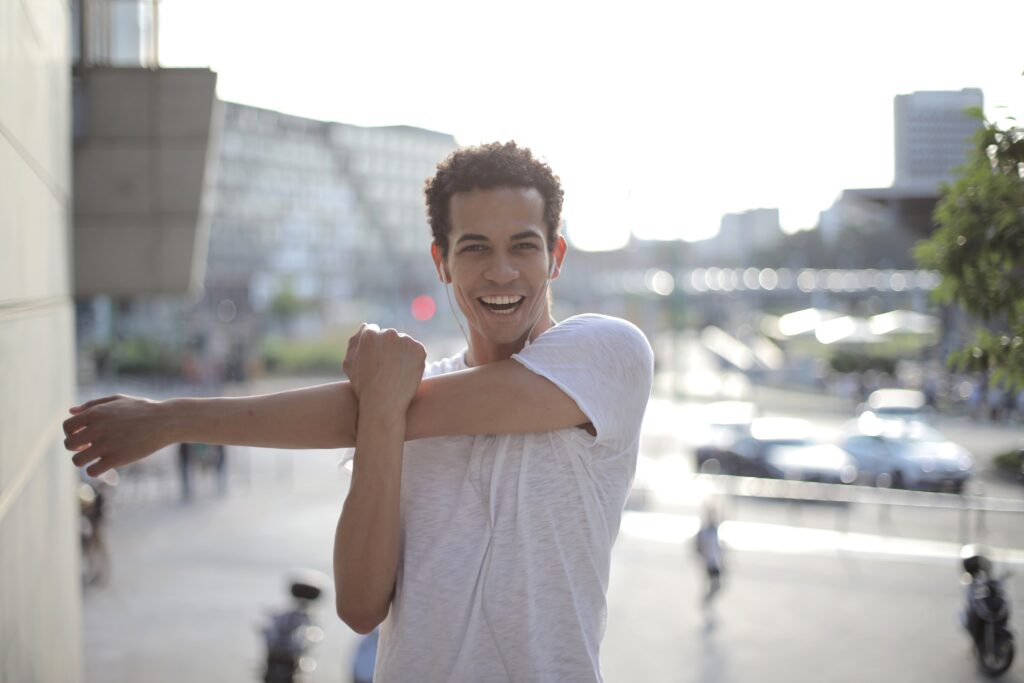
Table of Contents
1. Introduction
2. Understanding Stress and its Impact
3. What is Progressive Muscle Relaxation?
– The Science Behind the Technique
– How Progressive Muscle Relaxation Works
4. Benefits of Progressive Muscle Relaxation
– Physical and Mental Benefits
– Enhanced Mind-Body Connection
5. Guided Progressive Muscle Relaxation Exercise
– Step-by-Step Instructions
– Creating a Relaxing Environment
6. Incorporating Progressive Muscle Relaxation into Your Routine
– Daily Practice for Long-Term Benefits
– Adapting the Technique to Your Lifestyle
7. Progressive Muscle Relaxation and Sleep
– Promoting Restful Sleep
– Bedtime Relaxation Routine
8. Combining Progressive Muscle Relaxation with Breathing Techniques
– Synergy Between Breath and Muscle Relaxation
– Breath-Awareness Integration
9. Overcoming Challenges and Practicing Mindfulness
– Dealing with Restlessness
– Cultivating Mindful Presence
10. Seeking Professional Guidance
11. Conclusion
Introduction
The demands of life may frequently cause stress and anxiety, which has an impact on our physical and mental health. One easy-to-use yet powerful technique for reducing the negative effects of stress and promoting calmness is progressive muscle relaxation.
Understanding Stress and its Impact
Stress is a normal reaction to difficult circumstances, but prolonged stress can harm our health. It can cause tension headaches, tense muscles, and anxiety. Targeting both the physical and emotional effects of stress, progressive muscle relaxation.
What is Progressive Muscle Relaxation?
Different muscle groups in the body are sequentially tense and then relaxed during progressive muscle relaxation. This method aids in releasing pent-up tension, encouraging relaxation and lowering stress.

The Science Behind the Technique
The concept of tension and release serves as the foundation for progressive muscle relaxation. Tensing a muscle group increases awareness and blood flow to that region. The muscle relaxes when you release, frequently producing a sense of relaxation.
How Progressive Muscle Relaxation Works
The technique entails briefly tense and then release a particular muscle group. You get a better sense of your body’s feelings and learn to distinguish between tension and relaxation by concentrating on each muscle group.
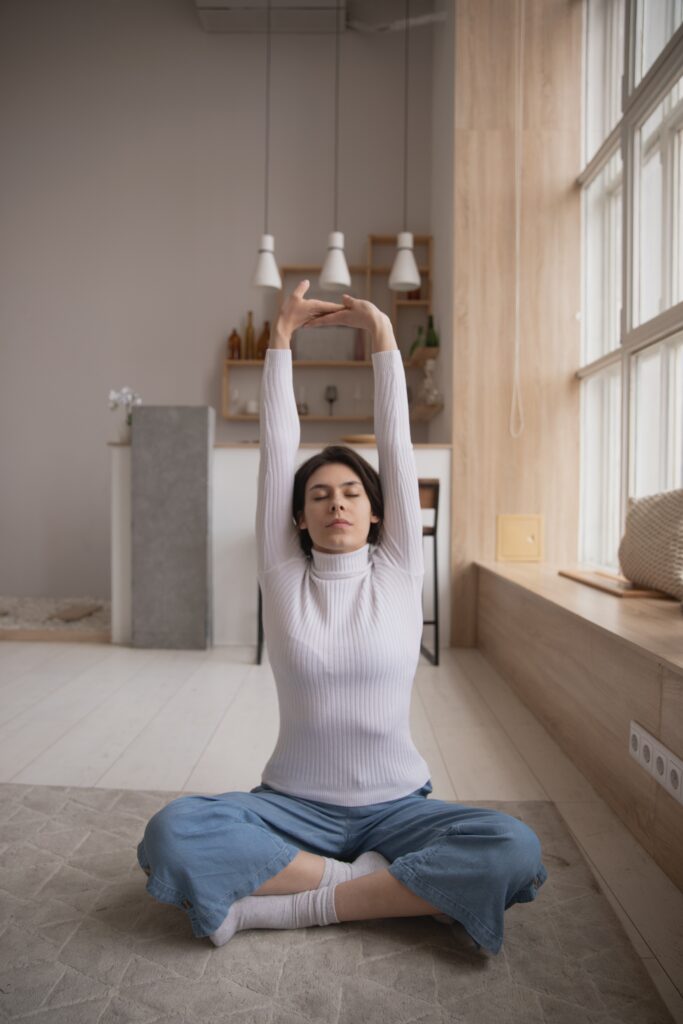
Benefits of Progressive Muscle Relaxation
Physical and Mental Benefits
Numerous advantages of progressive muscle relaxation include less muscular tension, increased circulation, and a calmer state of mind. Additionally, your mind often follows your body in letting go of stress, which promotes mental relaxation.
Enhanced Mind-Body Connection
This approach improves the mind-body connection when used frequently. As your awareness of your body’s reactions increases, you’ll be better able to recognize stress and take proactive measures to relieve it.
Guided Progressive Muscle Relaxation Exercise
Step-by-Step Instructions
1. Locate a peaceful, comfortable area free from distractions.
2. Relaxed sitting or lying down.
3. To start, take a few deep breaths to ground yourself.
4. Commence on your toes. For a little while, curl them tightly, then let go.
5. Step up to your calf muscles. Flex your calves, then let go.
6. Repeat steps 5 and 6 for each muscle group as you work your way up the body.
7. Pay attention to how each muscle group feels as you contract and relax it.

Creating a Relaxing Environment
Dim the lights, put on relaxing music, or use aromatherapy to improve the experience. The intention is to provide a tranquil environment that encourages relaxation.
Incorporating Progressive Muscle Relaxation into Your Routine
Daily Practice for Long-Term Benefits
Gaining the full benefits of progressive muscle relaxation requires consistency. Even if you can just practice for a short while each day, set out a dedicated time for it.
Adapting the Technique to Your Lifestyle
Practically everywhere is a good place to practice progressive muscle relaxation. This method may be applied in a variety of settings, including at home, at work, and even while riding the bus or train.
Progressive Muscle Relaxation and Sleep
Promoting Restful Sleep
Stress and tension are two common causes of sleep problems. You may relax and be ready for a good night’s sleep by practicing progressive muscle relaxation before bed.
Bedtime Relaxation Routine
Practice the guided progressive muscle relaxation technique before going to bed. Your body may receive this as a cue to start winding down and getting ready for bed.
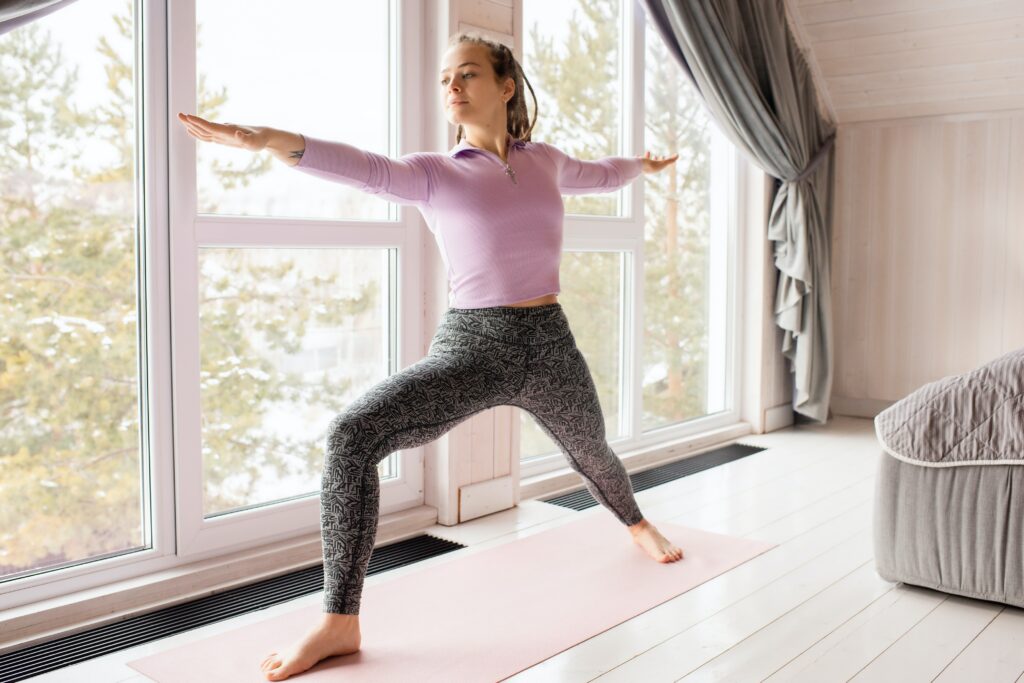
Combining Progressive Muscle Relaxation with Breathing Techniques
Synergy Between Breath and Muscle Relaxation
The relaxation response is enhanced when breathing exercises are combined with increasing muscular relaxation. The relaxation of stress is also supported by taking slow, deep breaths.
Breath-Awareness Integration
Pay attention to your breathing as well while performing the muscular relaxation technique. Breathe slowly and rhythmically, matching the pattern of your breath to the release of stress.
Overcoming Challenges and Practicing Mindfulness
Dealing with Restlessness
Sometimes, agitation or straying thoughts may appear. Recognize these moments without getting irritated; instead, gently direct your attention back to the practice.
Cultivating Mindful Presence
The process of gradual muscular relaxation requires mindfulness. Develop a mindset of non-judgmental awareness while you practice, allowing sensations to develop without attachment.
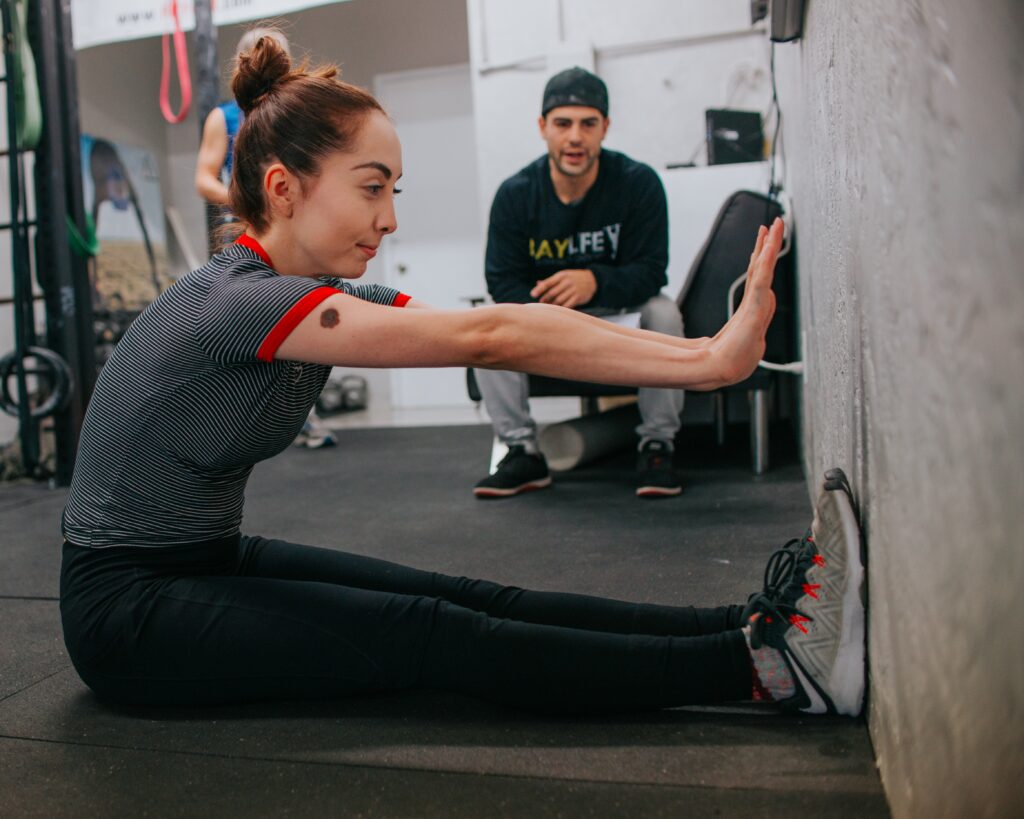
Seeking Professional Guidance
Although progressive muscle relaxation is typically secure, those with certain medical issues should speak with a medical expert before beginning the technique.
Conclusion
A comprehensive approach to reducing stress and tension is provided by progressive muscle relaxation. This approach gives you the power to take charge of your well-being and find peace in the face of life’s hardships by involving both the body and the mind.
FAQs
1. Q: Can progressive muscle relaxation be practiced by anyone?
– A: Yes, most individuals can benefit from progressive muscle relaxation. However, if you have specific medical concerns, consult your healthcare provider.
2. Q:How often should I practice progressive muscle relaxation?
– A:Aim for daily practice, even if it’s for a few minutes. Consistency will yield better results.
3. Q:Can children and older adults practice this technique?
– A: Yes, progressive muscle relaxation can be adapted for various age groups. Adjust the duration and complexity as needed.
4. Q: Can progressive muscle relaxation help with anxiety?
– A: While not a direct treatment for anxiety, progressive muscle relaxation can be a helpful tool in managing anxious feelings.
5. Q: Can I combine progressive muscle relaxation with other relaxation techniques?
– A: Absolutely! Combining techniques like deep breathing and mindfulness can enhance the overall relaxation experience.
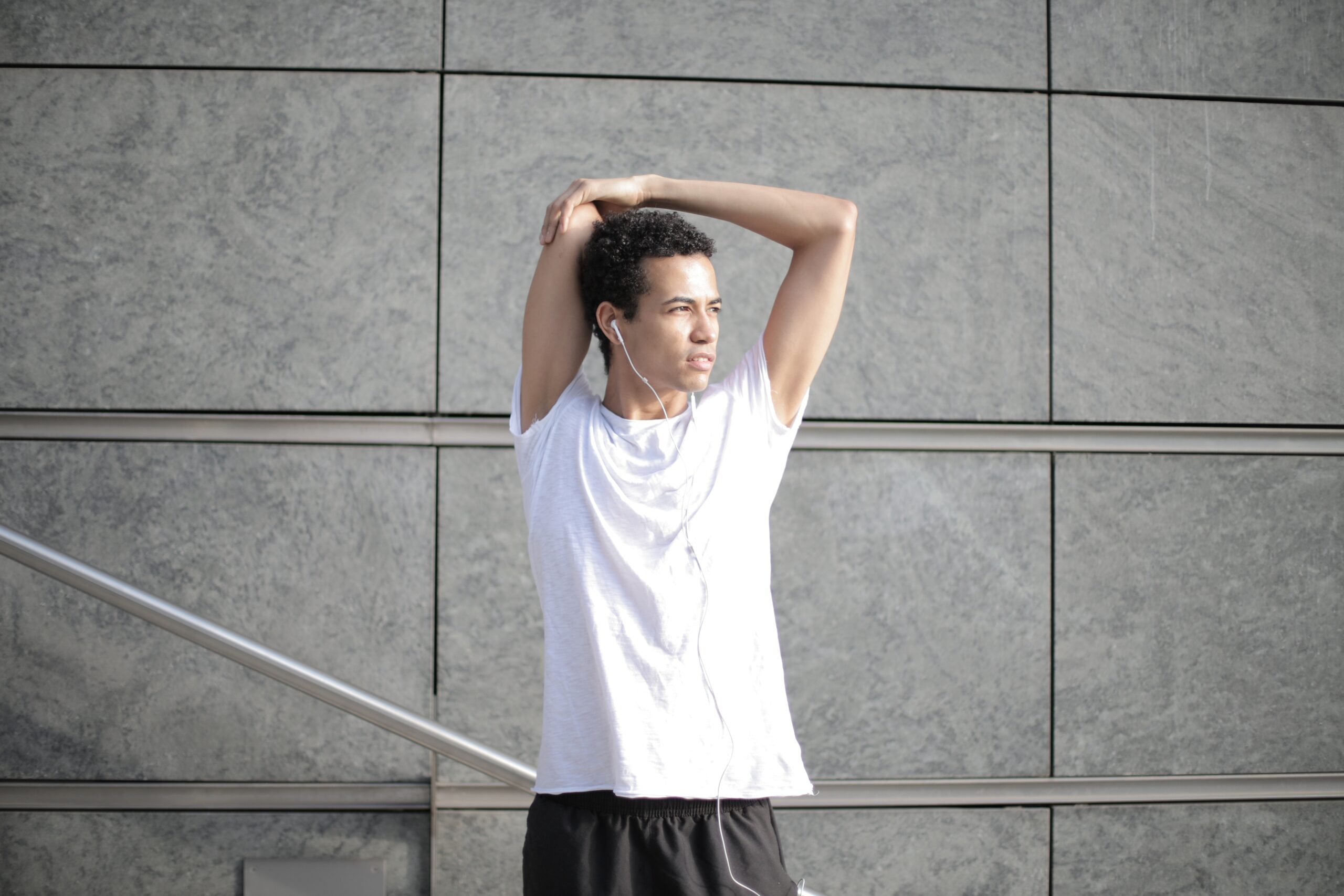
Your article helped me a lot, is there any more related content? Thanks!
Thank you for your sharing. I am worried that I lack creative ideas. It is your article that makes me full of hope. Thank you. But, I have a question, can you help me?
I don’t think the title of your article matches the content lol. Just kidding, mainly because I had some doubts after reading the article.
I don’t think the title of your article matches the content lol. Just kidding, mainly because I had some doubts after reading the article.
Can you be more specific about the content of your article? After reading it, I still have some doubts. Hope you can help me.
Thanks for sharing. I read many of your blog posts, cool, your blog is very good.
I don’t think the title of your article matches the content lol. Just kidding, mainly because I had some doubts after reading the article.
Thank you for your sharing. I am worried that I lack creative ideas. It is your article that makes me full of hope. Thank you. But, I have a question, can you help me?
Thank you, your article surprised me, there is such an excellent point of view. Thank you for sharing, I learned a lot.
I don’t think the title of your article matches the content lol. Just kidding, mainly because I had some doubts after reading the article.
Thank you for your sharing. I am worried that I lack creative ideas. It is your article that makes me full of hope. Thank you. But, I have a question, can you help me? https://www.binance.info/ar-BH/register-person?ref=V2H9AFPY